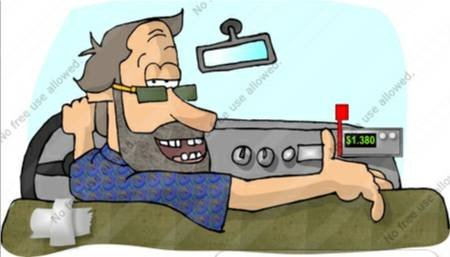Did a little research:
According to John Bullough, Director of Transportation and Safety Lighting Programs at Rensselaer Polytechnic Institute, federal regulations stipulate high beams on cars cannot exceed a candlepower of 75,000 cadela. The limit for low-beams are 20,000 to 30,000 candela. Bullough says halogen, HID and LED lights all have similar power, but the bluish/whitish lights seems brighter to the human eye.
“Yellow light is a longer wavelength so it passed through the structure of the eye without much difficulty,” says Dr. Erik van Kuijik, Chair of the Department of Ophthalmology & Visual Neurosciences at the University of Minnesota Medical School.
Blue and white lights have a shorter wavelength, so that scatters more of the light.
“The light travels in many directions and it’s that scatter we perceive as glare,” Dr. van Kujik said.
The phenomenon becomes more pronounced when people hit their 40s and 50s, when the lenses in human eyes start to become more discolored.
Another reason headlights seem brighter is that more SUVs and truck are on the roads compared to twenty years ago, according to Russ Rader with the Insurance Institute for Highway Safety. Those vehicles sit higher on the road.
Rader also points out headlight aim can be inconsistent among vehicles due to quality control at the factory, so headlights on some cars are aimed higher than they should be. Headlight aim can also shift when a car hits a pothole or is in a fender bender. Even a less than one-degree change can make a big difference.
Bullough conducted a study of vehicles in New York and found 60-percent of the headlights on vehicles were “misaimed.”
https://minnesota.cbslocal.com/2018/03/21/good-question-headlights-bright/





